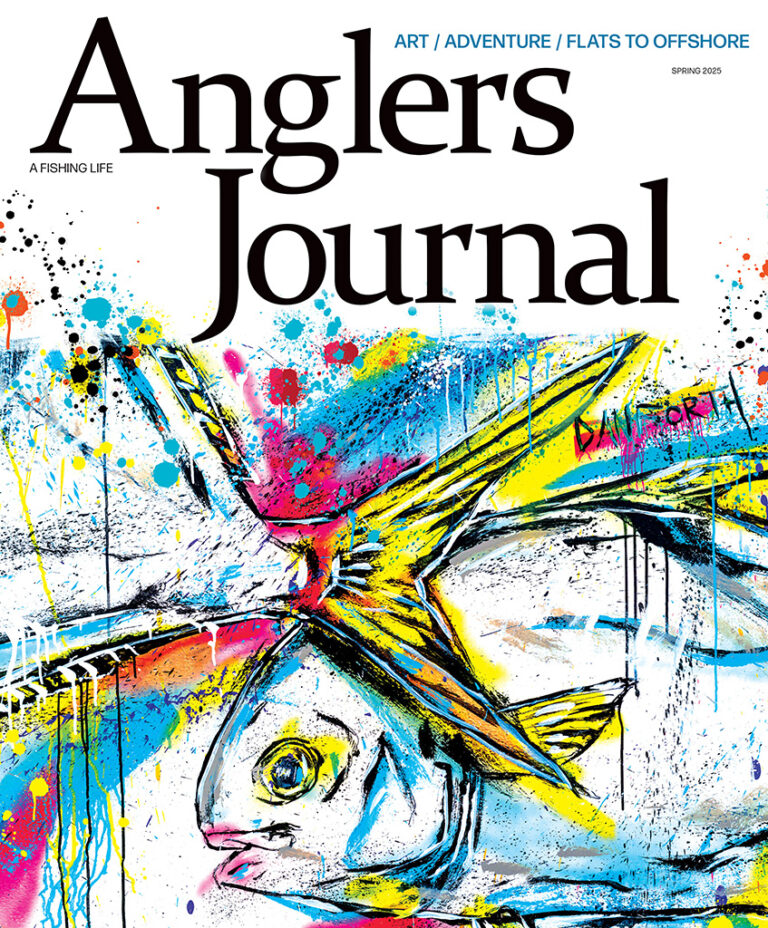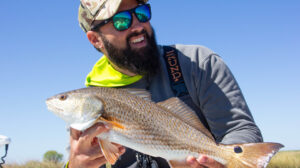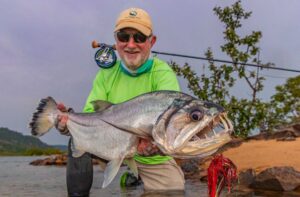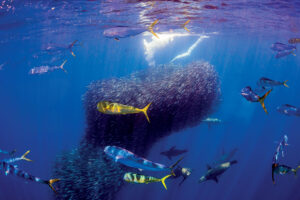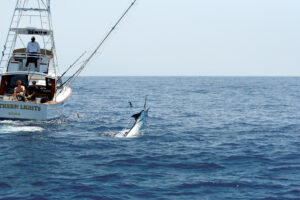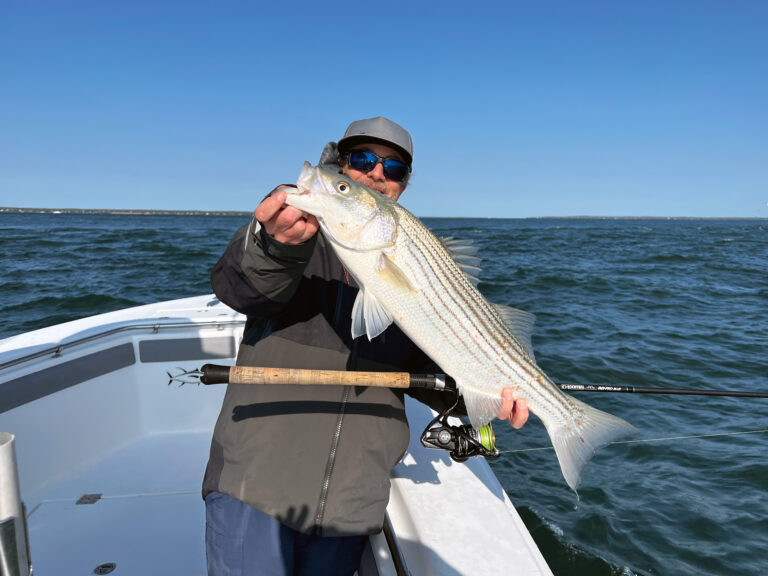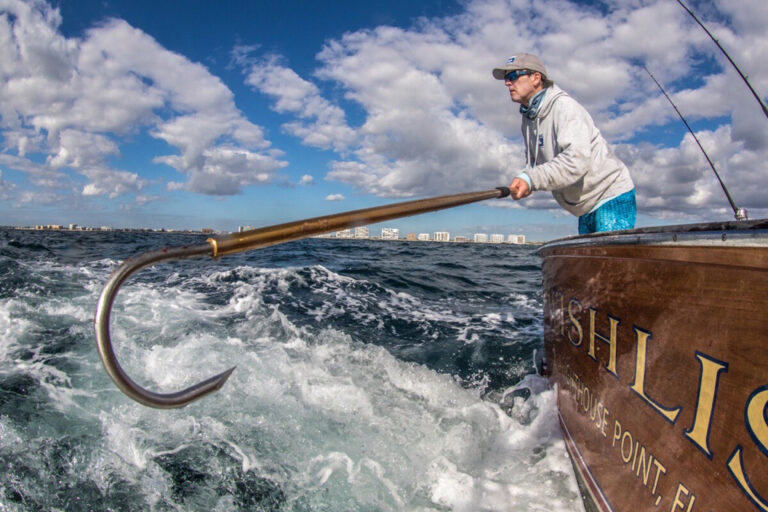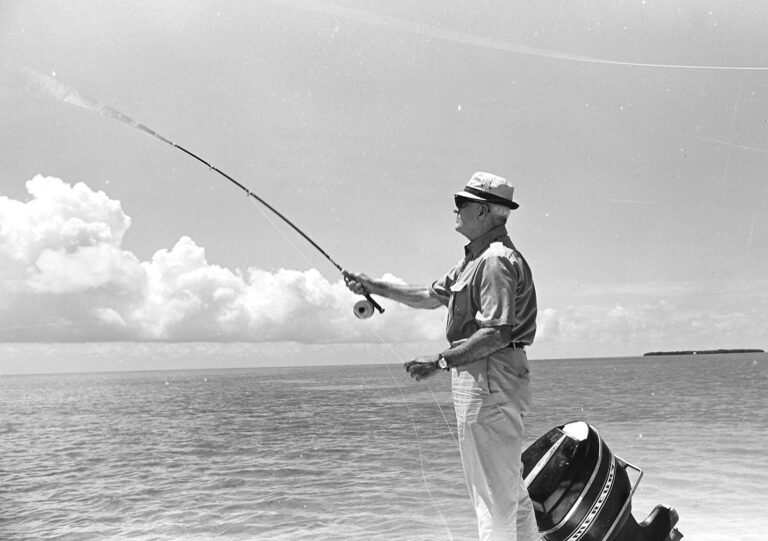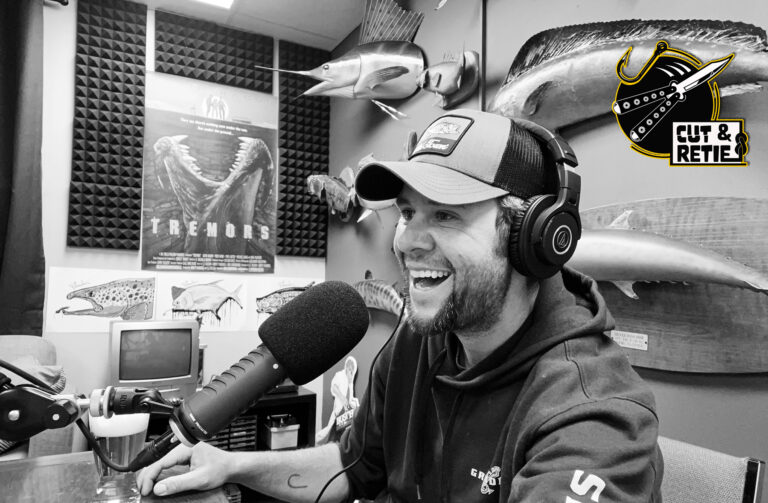Blake Mycoskie is an avid fly-fisherman, philanthropist and the founder of Toms Shoes, which donates one pair of shoes to someone in need for every pair it sells. Anglers Journal had a conversation with Mycoskie and his fly-fishing wife, Heather, earlier this year after they returned from a fishing adventure in New Zealand, where noted angling photographer R. Valentine Atkinson accompanied them. This is an edited version of our interview.
— Bill Sisson, Editor-in-Chief
 Blake Mycoskie says the fishing was tough and technical, but a couple of great fish a day put a smile on everyone’s faces. He and his wife fished out of Poronui Ranch on New Zealand’s North Island.
Blake Mycoskie says the fishing was tough and technical, but a couple of great fish a day put a smile on everyone’s faces. He and his wife fished out of Poronui Ranch on New Zealand’s North Island.“The most technical fish I’ve ever caught” — Blake
The one fish I really wanted to catch was in one of those dead-calm pools, which were almost impossible to catch. The water was barely moving. It was gin-clear. They saw you; you saw them. You just never had a chance. There were two of them in this pool. And the nice thing was they were feeding and facing upstream. The guide said, “You have to make a perfect cast.” And it’s either going to hit or it’s going to spook. And the fish just came up super-slow — big rainbow — and just gulped it. I set the hook, and the fish went crazy, shooting off in all directions and jumping like crazy. That was the fish I was most proud of, and it was definitely the most technical fish I’ve ever caught. You got one cast.
Talking Fly-Fishing with Blake Mycoskie
I grew up in Texas, and we used to go striper fishing on the lakes. Those are my best and earliest memories of my dad and grandpa. I really started fly-fishing around age 18 or 19. My parents got a place in Colorado, and I started fishing on the Eagle River and then the Colorado and Green rivers. We’d be up there for most of the summer. I’d fish by myself and go days and not catch anything but still have a great time. It’s become a part of my life and something that I’m really grateful for.
I put in a lot of days on the water in the summer when we’re in Wyoming [where the couple have a ranch]. The rest of the year I try to squeeze in time for fishing. It’s nice to have one or two big trips a year to look forward to. But at the same time I enjoy the simplicity of going out for a couple of hours before dark on the Snake River. My next trip is with my dad, and we hope to hit the salmon fly hatch on Henry’s Fork in June. Next to Heather, my favorite person to fish with is my dad.

I think the Snake River cutthroat is the most beautiful fish in the world. Heather and I have become a little more partial to salt water just because it’s usually an adventure in a tropical location and involves getting away from our normal lives. But if there is one fish I hope to spend the rest of my life doing the dance with, it’s the Snake River cutthroat.

New Zealand was a lot more rugged than we expected. We hiked through gorges and passes, and there were moments when it was almost full-on rock climbing, which was a great part of the adventure. Heather and I are in our 30s. I think the guide said, “OK, here we have a young couple who is adventurous. I’m going to take them to places where we can’t take our typical guests.”
The fishing is tough. You’re not going to go out and have 20-fish days. You catch two or three great fish in a day, and you’re super-happy. That makes it special. You’re taking turns going after a fish. It’s all sight casting, and they’re all bigger fish than you’ve ever caught in your life. You get literally one, maybe two casts at a fish, and that was it. That made it really hard when you had one on and ended up losing it, which happens a lot, too, because of the rocks and boulders and all the stuff they can take you around running down the river. So when you actually got one in the net, it was a real celebration.

We’re very blessed. We get to go to some amazing places, and we’ve caught some amazing fish, but as my dad always says, it’s the journey, not the destination, that makes life great. And I think the same thing applies to fishing. It’s not holding up a 5-pound rainbow in New Zealand that I remember most from that trip. It’s climbing the boulders and having the helicopter land in a tiny ravine and having a lunch with my wife on the river and talking about how lucky we are to have a healthy son. Those are the memories I have more than the pictures with big fish. I’ve really begun to see how fly-fishing over the last 20 years has helped me be more present in my family, my work and more mindful in my life.

“It was exhilarating” — Heather
It was the biggest trout I ever caught. I remember exactly how it happened, where we were standing, the setting, the trees. The fish was in a riffle behind a small boulder. It happened quickly. I cast, set the hook, and the fish immediately ran downriver fairly fast. And I had to walk and run after it, and the guide was holding on to me so that I wouldn’t fall. I finally got the fish to a place where the river leveled out and wasn’t running as fast. And I was able to fight and play him before I brought him in. It was exhilarating. A 5-pound rainbow [maybe 6 pounds]. It was the first fish that I hooked [in New Zealand] and landed. Amazing.
I used to be competitive in fishing, but as I spend more time on the water, it’s more about the experience than how many fish I caught and did I catch more than my friend? I’m so competitive in so many areas of my life that I don’t need to be competitive in fishing. When we’re talking about true mindfulness and the spiritual nature of fly-fishing, I feel you can only really get to that point when you forget about the competitive aspect of it. It’s like Heather says, fly-fishing provides that meditative, single-point concentration that a lot of Eastern philosophies talk about. Almost like a Zen feeling. But it also gives you a great backdrop to have casual conversations with friends, partners or spouses about a lot of things in life that sometimes you don’t take the time to appreciate. There’s no technology interrupting you, no one calling, no one e-mailing. Fly-fishing gives us the time to appreciate one another and our lives.


